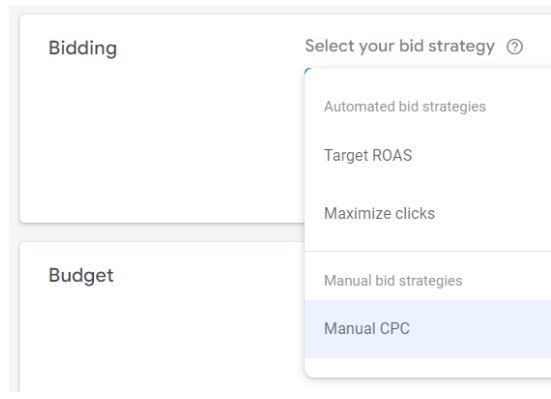In the rapidly evolving world of retail, Retail Media Networks (RMNs) are becoming increasingly significant as brands seek to connect with customers both in-store and online. Recently, at the IAB’s Connected Commerce Summit: Retail Reimagined** held in New York, industry leaders gathered to discuss the latest developments and the future of RMNs. The discussions highlighted how these networks are evolving to better serve both brands and consumers in today’s digital landscape.
Personalized Shopping Experiences
One of the key takeaways from the summit was the transformative role of advanced analytics and artificial intelligence in shaping personalized shopping experiences. Jeffrey Bustos from the IAB emphasized that brands can now create tailored experiences that effectively guide customers from initial awareness to final purchase. This evolution makes RMNs an essential component of any modern marketing strategy, allowing brands to engage consumers at multiple touchpoints throughout their shopping journey.
Standardizing RMNs for Better Efficiency
A significant development presented at the summit was the introduction of new **“In-store Retail Media Definitions and Measurement Standards”** by the IAB. These standards aim to establish a common framework for how RMNs operate, building on the guidelines created in collaboration with the Media Rating Council last year. The importance of these standards cannot be overstated; they address the current issue where each network operates in isolation, complicating advertisers’ ability to scale their efforts across various platforms. By implementing common standards, the IAB hopes to encourage increased advertising spend in RMNs, ultimately enhancing the effectiveness of campaigns.
The Shift in Consumer Behavior
The consumer landscape has shifted dramatically, particularly in the wake of the pandemic. As Jacquelyn Baker from Omnicom pointed out, customers are now engaging more with both online and physical stores. This change underscores the importance of improving in-store experiences as part of a connected shopping journey. Brands are recognizing that a seamless integration between their online and offline presence is vital for capturing consumer attention and driving sales.
Luxury brands face unique challenges in this landscape, as highlighted by Kaisy O’Reilly from Stuart Weitzman. With countless distractions vying for consumers’ attention, it is crucial for these brands to be engaging and supportive throughout the entire shopping experience. This calls for innovative approaches that resonate with consumers and keep them interested.
Tools for Advertisers: Empowering Campaign Success
For advertisers to thrive within the realm of RMNs, they need access to the right tools and resources. CVS Media Exchange, for instance, is adopting the IAB guidelines and rolling out self-service options to empower advertisers. These enhancements aim to improve measurement capabilities, providing better insights into campaign performance. As Pankita Desai from Chobani noted, robust reporting can help justify the allocation of budget toward shopper marketing through RMNs. Better measurement not only encourages brands to invest more in advertising but also ensures that they can track the return on their investment effectively.
Navigating Consumer Risks
Despite the opportunities presented by RMNs, there are inherent risks for advertisers. One notable concern is the potential for brands to overestimate the effectiveness of their commerce ads. A recent study indicated that while many marketers believe that video ads are effective in driving purchases, a significant number of consumers find them intrusive or annoying. This gap between marketer perceptions and consumer experiences highlights the need for advertisers to align their messaging with consumer expectations throughout the shopping journey. Focusing on engaging content that resonates with consumers is vital to maintaining their attention and driving conversions.
Embracing New Standards for Success
Importance of RMNs: Retail Media Networks are vital for brands looking to engage customers across both online and offline platforms, making them essential in today’s retail landscape.
Standardization Benefits: The introduction of IAB’s new standards will facilitate consistency across RMNs, allowing advertisers to scale their efforts more effectively and encouraging increased ad spending.
Shifting Consumer Behavior: As consumer habits evolve, brands must enhance in-store experiences and ensure a seamless integration between digital and physical shopping journeys.
Tools for Success: Advertisers need access to effective tools and measurement capabilities to optimize their campaigns within RMNs and justify their marketing budgets.
Aligning with Consumer Expectations: Brands should be mindful of consumer perceptions regarding ads, focusing on creating engaging and relevant content to capture attention and drive purchases.
Open Feedback Opportunity: The IAB’s standards document is open for public comment, encouraging industry collaboration to refine and improve RMNs further.











Leave feedback about this